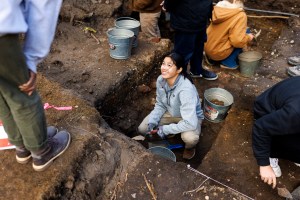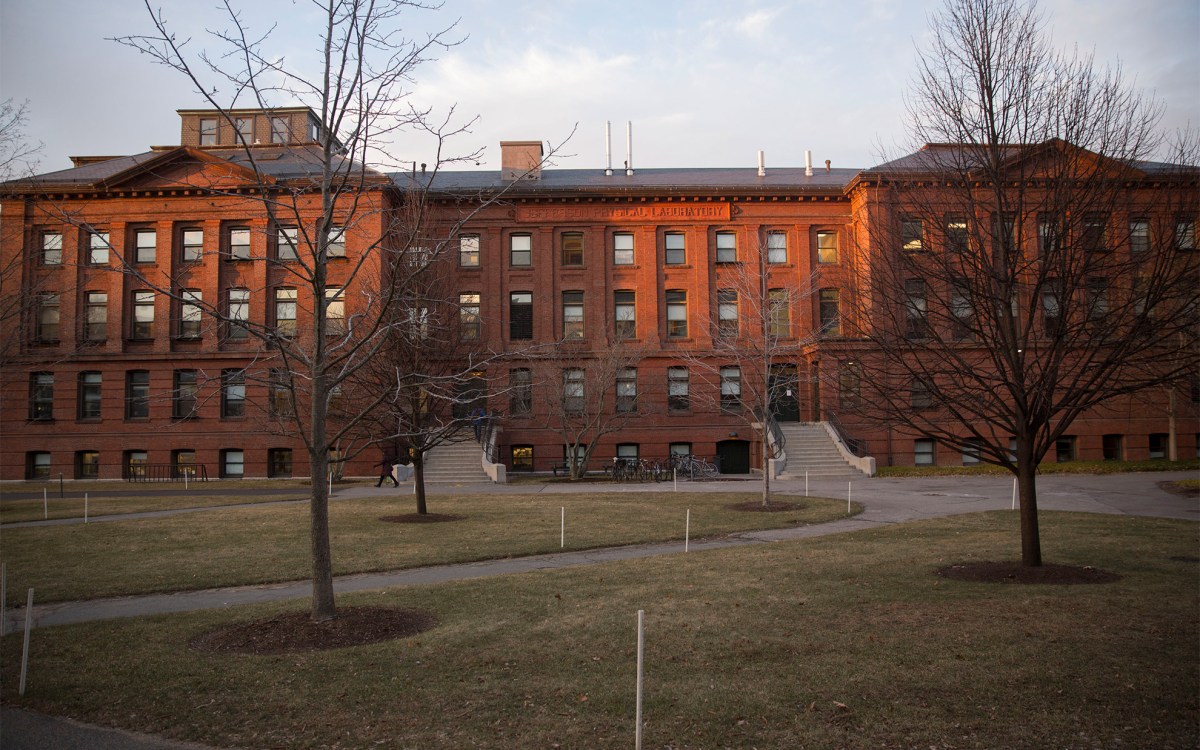New name marks evolution of PSP Program at HGSE
What’s in a name? For faculty at the Harvard Graduate School of Education (HGSE), everything. Earlier this summer, Dean Kathleen McCartney announced the Prevention Science and Practice (PSP) Program, formerly known as Risk and Prevention (R&P). The new program title marks the evolution of the master’s degree program — dedicated to the practical application of contemporary research on risk, resilience, and prevention programming for children and adolescents in both school and out-of-school settings — and marks the changing field of education.
“The new name for the program reflects our integrated nature and our mission to prepare graduates to improve the social, emotional, and academic outcomes of children and youth, and the communities and schools that shape their development,” says Lecturer Mandy Savitz-Romer, director of PSP. “The new name also captures the diverse faculty, and the complementary nature of their teaching, research, and practice activities.”
“All terms should have term limits: So it is with ‘Risk and Prevention,’” says Professor Robert Selman, founding director of R&P. “With growing faculty strength, new and energetic leadership, and significant advances in the field over the 20 years since the program’s founding, this is the right time to recognize Prevention Science and Practice and its enhanced capacity to undertake new research on child and adolescent prevention, in schools, and the communities around them.”
The new degree name will also bear particular significance within the field of education. Although prevention science is not a new term and is widely used in social sciences and public health, it has only recently been introduced in educational practice, research, and policy.
“The term ‘prevention science’ reflects how educational settings, whether they be early childhood, elementary, or secondary, are increasingly understood as salient contexts and opportunities for promoting well-being across academic, mental health, and social/interpersonal areas,” Savitz-Romer explains.





